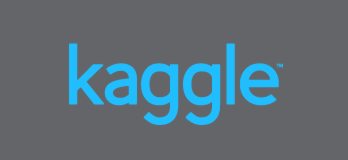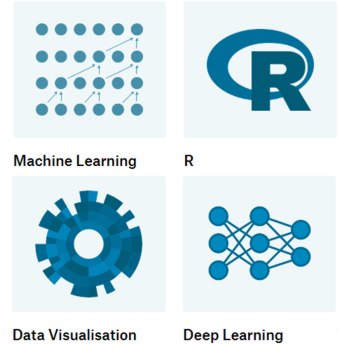| Introducing Kaggle Learn |
| Written by Sue Gee | |||
| Tuesday, 06 February 2018 | |||
|
Kaggle is already well known for its data science contests now it has added learning resources to its site with introductory machine learning, R programming, data visualisation and deep learning as the first four tracks. Since its formation in 2010 as a platform for predictive modelling and analytics competitions Kaggle has amassed a vibrant community registered users including members of Google's DeepMind team and those working on IBM Watson. As we reported at the time, Kaggle joined the Google Cloud in 2017, which raised it profile. In June 2017 Kaggle announced it had passed 1 million members and currently its Jobs Board, which has been operating since 2012, states that companies creating a job listing will access almost 1.5 million data scientists.
Kaggle Learn, a platform for "Hands-On Data Science Education" is the latest step in its evolution and in announcing it, Anthony Goldbloom, Kaggle's founder and CEO, explained: Many users come to Kaggle to start their Data Science career and boost their learning. To better support this segment of our community, we’ve launched a platform of hands-on machine learning courses at https://www.kaggle.com/learn. We hope for it to be the fastest path for users to start creating highly accurate machine learning models and to have the skills they need to land their first data science job. The platform currently has four tracks: Machine Learning, R, Data Visualisation and Deep Learning.
The tutorials are free and emphasize practical data skills instead of abstract theory. Learners work in the Kaggle "notebook" environment. Apart from the R course, they are Python bases and you should be familiar with Python basics - variables, lists, dictionaries, functions and loops - before you begin. Explaining the choice of Python and R for these tutorials the FAQs explain: Python is the most popular language for data science, and R is the second most popular language. So we recommend those, with a bias favoring Python first. The Machine Learning course, which aims to get learners started quickly on "the hottest field in data science" has been authored by Kaggle Data Scientist Dan Beker. It has two levels with 8 steps in the first, which culminates in submitting the model you've built to a Kaggle contest, and a further 7 steps in the followon Level 2. - The R course is an alternative starting point for machine learning. It comes from Rachaell Tatman, Data Prep Analyst at Kaggle and has 6 steps which you complete using an R Notebook, Aleksey Bilogur, also a Data Prep Analyst at Kaggle has authored the Data Visualization tutorial which starts by ensuring learners have a working understanding of pandas before proceeding to building effective data visualizations in Python. The Deep Learning track, which has six steps, is an introduction to the use of convolutional networks for computer vision and uses the high-level Keras API and a Tensorflow backend. It has been authored by Dan Beker and in this video he explains how his approach puts hand-on experience ahead of details and theory.
This Python notebook-based approach seems an attractive way to get to grips with the skills needed for data science. More InformationRelated ArticlesKaggle Enveloped By Google Cloud Higgs Boson Machine Learning Challenge On Kaggle Fun Kaggle Challenge To Tell Dogs From Cats Hidden Benefits of Online Machine Learning Microsoft Launches Professional Degree Program With Data Science Pilot Coursera's Machine Learning Specialization What is a Data Scientist and How Do I Become One? To be informed about new articles on I Programmer, sign up for our weekly newsletter, subscribe to the RSS feed and follow us on Twitter, Facebook or Linkedin.
Comments
or email your comment to: comments@i-programmer.info
|
|||
| Last Updated ( Tuesday, 10 April 2018 ) |




